Automobile Pseudo-Innovation Run Rampant, Consumers No Longer Buy In
How many people listen to their own voice messages again after sending them on WeChat?
Or use voice-to-text output and then read it again to check for any missed words or typos?
How many people still prefer to use their hands to adjust the air conditioning temperature and fan speed after getting in the car, rather than using voice control directly?
Or after voice control, take a glance at the central control screen to confirm if it was successful?
The above behaviors are referred to as validation loops, path dependence, or muscle memory, which indicate that users, after issuing a command or message, do not trust the system's immediate feedback or the system does not provide sufficient feedback, and must go through additional, time-consuming steps to confirm whether the result matches their expectations.
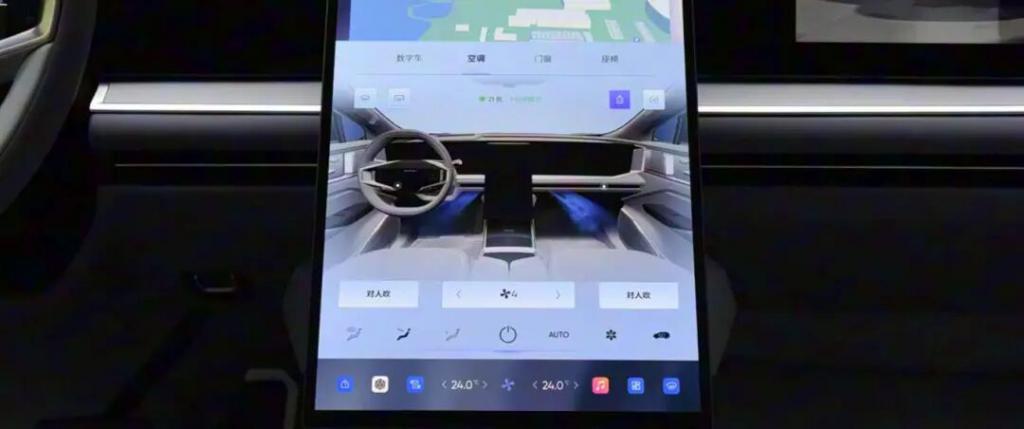
It is essentially a self-compensating strategy adopted in the face of a lack of trust or feedback, especially in the context of imperfect technological realities and flawed interaction designs. This actually echoes the dilemma of pseudo-innovative features in cars, which gives rise to these redundant verification behaviors from users, or in other words, the unnecessary redundancy added by automakers to achieve results.
This brings us to the hottest topic right now: the design of hidden door handles, along with another feature that hasn't been discussed yet: the electronic button for opening doors from the inside. Behind this design, automakers actually provide a backup option, which is a mechanical door opening mechanism. Many people view this as unnecessary.
Since you have a physical door-opening device, why design an electronic door-opening button? This precisely hits at the core paradox of pseudo-innovation in automobiles: the combination of electronic button doors and mechanical backups seems comprehensive, but in reality, it reveals a key issue: in order to solve a non-existent pain point, it has instead created real troubles and safety risks.
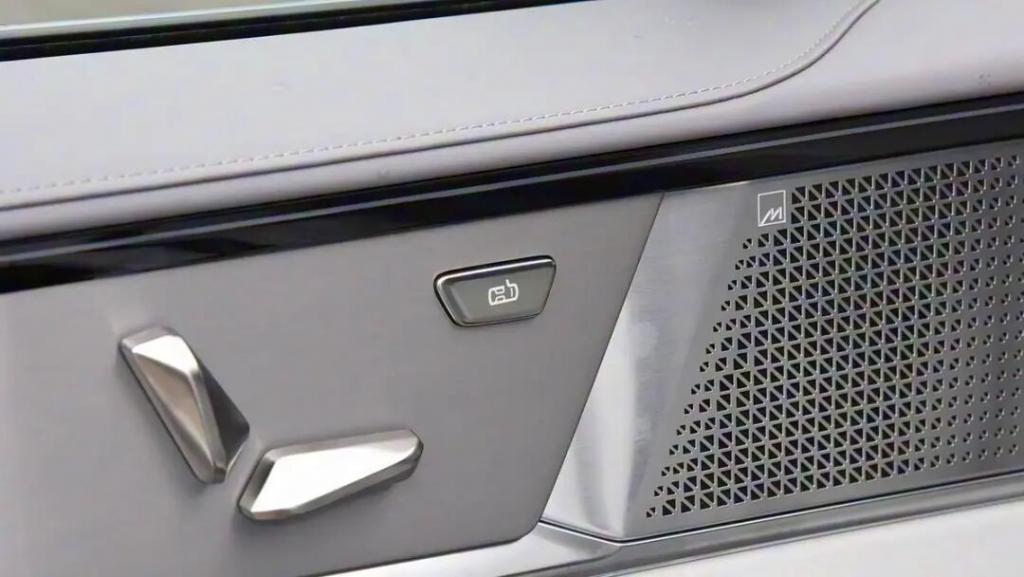
As many people say: to replace a solution that has evolved over decades, is extremely reliable, instinctive, and straightforward, with a more complex, more fragile, and more counterintuitive one.
Such solutions include but are not limited to: hidden door handles, single-pedal mode, panoramic sunroof, electronic side mirrors, touch-sensitive steering wheel, screen-based gear shifting, simulated engine sounds, illuminated car logos, and so on.
The pseudo-innovations related to safety are.
As the Chinese automotive industry embraces the wave of new energy and intelligence, a blind pursuit of a sense of technology has begun to spread. Many car companies have misunderstood innovation as the abandonment of all traditional physical controls.
Hidden door handles were once considered a hallmark of modern car design, with both high-end models and affordable electric vehicles emulating the trend. Automakers claimed that this design could reduce drag and enhance aesthetics. However, actual tests show that this design provides less than a 1% improvement in range, while causing numerous inconveniences.
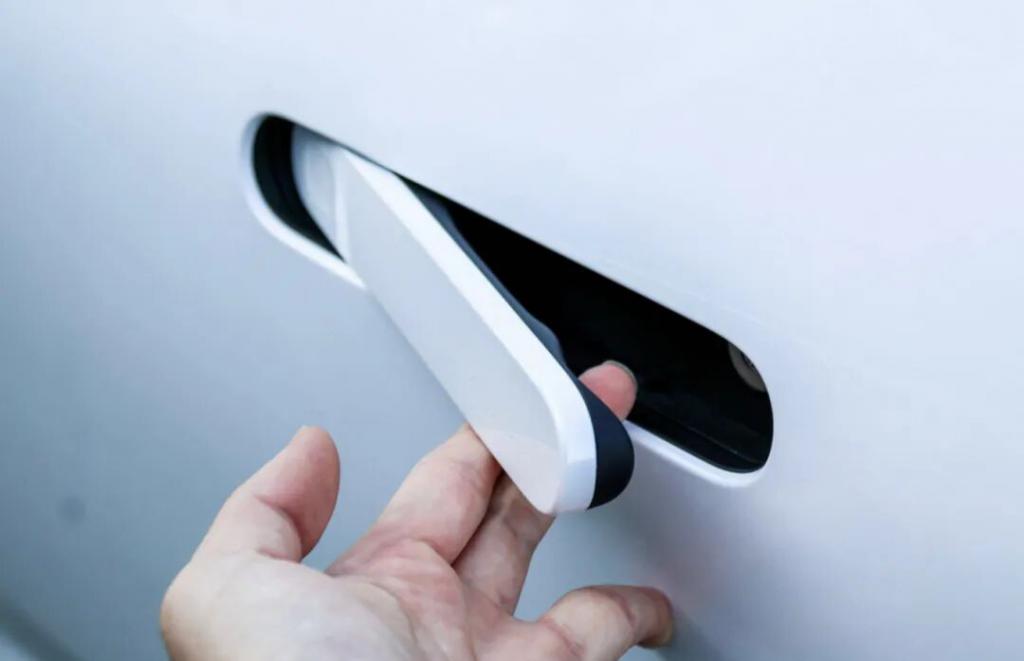
In the severe cold of northern China, door handles often freeze and fail to pop out, forcing some car owners to resort to pouring hot water on them. What is even more concerning is that in collision accidents, hidden door handles may not automatically pop out, increasing the difficulty of rescue efforts. Crash tests by the China Insurance Automotive Safety Index show that the success rate of door deployment after a side collision for models equipped with electronic door handles is only 67%, which is significantly lower than the 98% for mechanical door handles.
Recently, the Ministry of Industry and Information Technology released the "Safety Technical Requirements for Automotive Door Handles (Draft for Comments)," further standardizing the design of interior and exterior door handles of vehicles. Each door (excluding the tailgate) should be equipped with a mechanical exterior handle. The door on the non-collision side should be able to be opened using the exterior door handle without the aid of tools, and the exterior handle of each door should provide a hand operation space of no less than 60×20×25 millimeters in any state. If this draft is ultimately approved, all hidden door handle designs on the market will be mandatorily abolished.
This incident has revealed the tip of the iceberg regarding the pseudo-innovation in the electric vehicle industry. When automakers equate differentiation with a pile-up of features, and when a sense of technology devolves into inhumane design, the entire industry is paying the price for blind innovation. The tragedy of hidden door handles is not an isolated case; the single-pedal mode, which boasts extended range through regenerative braking, has become a new favorite but has exposed significant risks in actual use.
As a special feature of electric vehicles, the single-pedal mode has been praised by some users for its high energy recovery efficiency. However, the single-pedal mode alters the muscle memory that drivers have developed over time, concentrating both acceleration and deceleration on the same pedal. This design, which contradicts driving habits, can easily lead to misoperation by the driver in emergency situations, increasing risks.
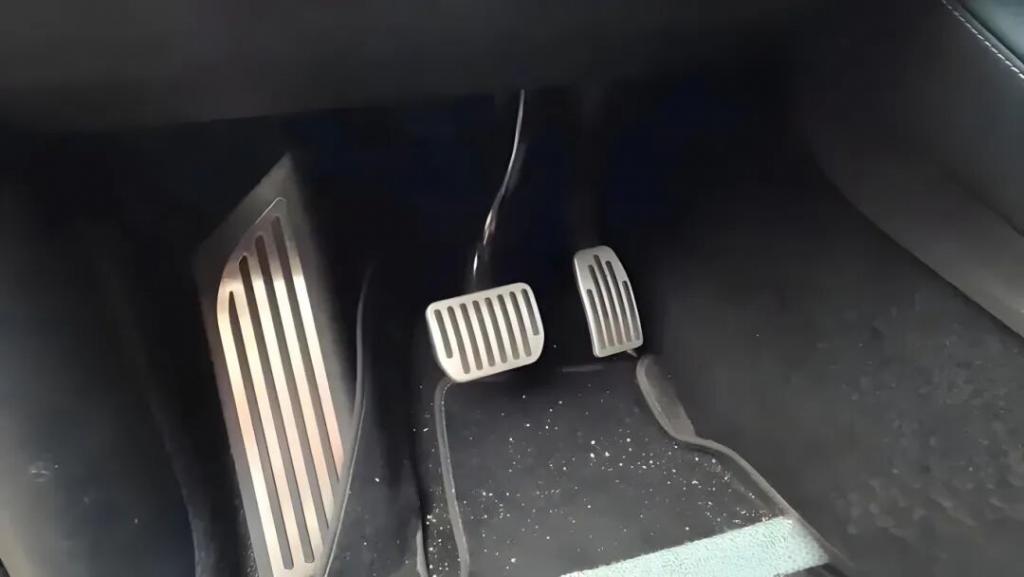
In 2024, the Ministry of Industry and Information Technology issued new regulations, clearly requiring automakers to provide an option for "graded adjustment of kinetic energy recovery intensity" and prohibiting the single-pedal mode from being set as the only driving mode: releasing the accelerator should not bring the vehicle to a complete stop. This regulation specifically targets the characteristic of the single-pedal mode that allows the vehicle to come to a complete stop at low speeds, which has been identified as posing a risk of accidental operation.
In fact, besides hidden door handles and single-pedal mode, electronic exterior mirrors, touch steering wheels, and screen shifting are also typical representatives of the current wave of pseudo-innovation in cars. Not only are they often criticized by users as superfluous, but more importantly, they touch the bottom line of car design—safety.
The electronic rearview mirror uses cameras and an in-car screen to replace traditional physical mirrors, claiming to reduce wind resistance and provide a wider field of view. However, it ultimately relies on video images, which can severely interfere with the driver's precise judgment of distance and speed. If the screen freezes or the camera malfunctions, it could lead to catastrophic consequences.
Looking at the densely packed buttons on the steering wheel now, when physical buttons were used, it already required some observation to ensure the correct button was pressed. With touch or pressure-sensitive buttons, the possibility of blind operation is completely eliminated. Not only do you need to visually confirm, but you also need feedback for redundant confirmation, which directly increases the risk of distracted driving.
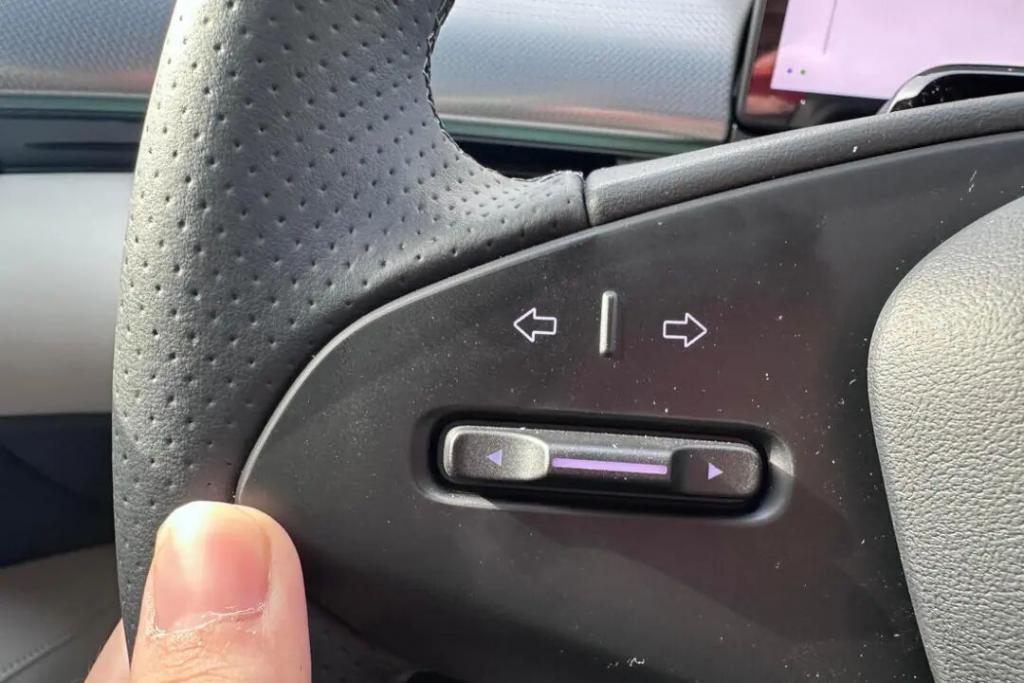
These innovations share a common fatal flaw: in pursuit of a minimalist design and so-called technological appeal, they violate the golden rule of automotive human-computer interaction design: commonly used and critical functions must be implemented through physical, direct means that provide clear feedback. They place what should be rock-solid safety operations on top of complex and fragile electronic systems.
True innovation should enhance performance, efficiency, and comfort while maintaining the foundation of physical safety, rather than using flashy but impractical electronic features that create new safety hazards and burdens for users. When an innovation makes users feel less safe and more distracted while driving, regardless of how cool it looks, it is a complete failure.
Many car manufacturers have imagined false demands.
In the increasingly competitive landscape of new energy vehicles, some features are gradually becoming sacrifices made by car companies in the name of innovation. Panoramic sunroofs, simulated engine sounds, and illuminated logos, while seemingly flashy designs and features, in reality, deviate from the true needs of users and increase the cost burden for car companies, resulting in a lose-lose situation.
The original intention of the panoramic sunroof design is to provide a broader view and a more transparent sense of space inside the car, but reality has deviated far from this goal.
In the summer of 2025, high temperatures swept across many parts of the country, with local temperatures reaching up to 38°C. In such weather, the temperature at the top of a car with a panoramic sunroof can even exceed 60°C. What is more puzzling is that despite being aware of these issues with panoramic sunroofs, car manufacturers are still eager to promote them.

The reason is that, as an automotive engineer revealed, "Unlike fuel vehicles, electric cars need to be equipped with large-capacity batteries and other components. To save interior space, panoramic sunroofs have become a necessary option." The chassis of new energy vehicles requires the battery pack to be laid flat, which encroaches on the vertical space inside the car. Compared to traditional operable sunroofs or added sunshades, a panoramic sunroof only requires a piece of glass on the roof, which can save 2-5 centimeters of headroom.
Faced with these issues, car owners can only come up with various self-rescue measures, such as adding sunshades to the panoramic sunroof, applying heat-insulating film to the glass, and even some people showcasing on social media how they use newspapers and cardboard to tightly cover the panoramic sunroof for insulation. These helpless actions are undoubtedly the greatest irony of this innovative feature.
As electric vehicles become increasingly popular, another peculiar feature has emerged: simulated engine sound. This function attempts to compensate for the lack of traditional engine roar in electric cars through technological means, but its actual value is questionable.
From the perspective of market size, the simulated sound wave industry is not to be underestimated. According to research reports, the global automotive simulated sound wave audio processor market size is expected to reach approximately $142 million in 2024, and it is projected to approach $301 million by 2031. Behind such a large market is the substantial R&D investment from automotive companies.
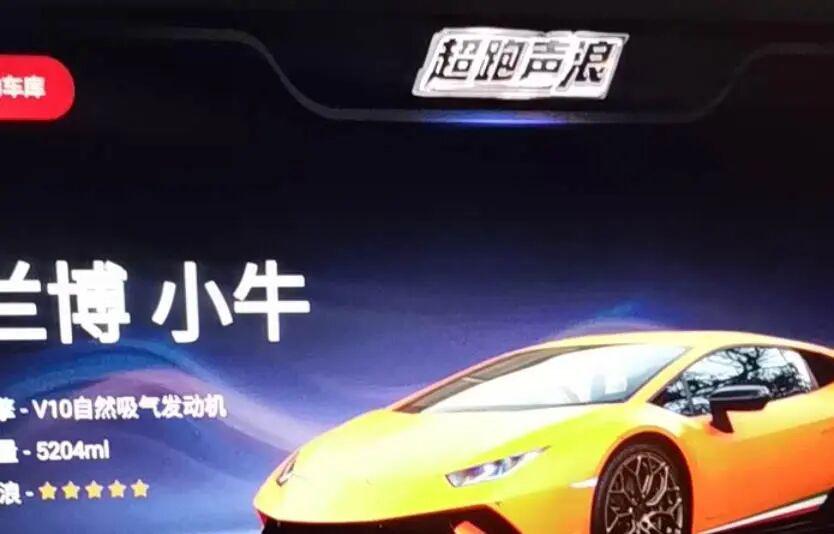
The reason car manufacturers promote this feature is to enhance the driving experience, allowing electric vehicles to also have the driving passion of fuel-powered cars. However, this virtual roar is essentially an auditory illusion. It attempts to create a false sense of driving passion through technical means, but it does not improve vehicle performance at all.
Moreover, these R&D costs will ultimately be passed on to consumers, and many consumers often disable this feature after using it for a while due to boredom. This kind of innovation for the sake of innovation effectively leads to a waste of resources.
Compared to the panoramic sunroof and simulated sound waves, illuminated car logos seem more superficial. They do not provide any practical function and are purely a design where form outweighs content, merely to enhance the vehicle's visual recognition. However, the issue is that this personalization comes at the cost of higher expenses and potential maintenance fees.
Fortunately, with the improvement in Chinese consumers' awareness and regulatory intervention, the automotive industry is gradually shifting from superficial pseudo-innovation to genuinely user-centered design. Nowadays, car companies have begun to proactively adjust by adding options for external operating devices, increasing physical buttons, and incorporating physical inner door handles, among other changes.
These changes reflect the industry's reflection on excessive design. Automotive innovation should not be about being different for the sake of being different; only by closely aligning with consumers' real experiences and maintaining the baseline of driving safety can we achieve sustainable development. This also allows the industry to gradually break free from the competition of piling on configurations and move towards a more pragmatic innovation path.
【Copyright and Disclaimer】The above information is collected and organized by PlastMatch. The copyright belongs to the original author. This article is reprinted for the purpose of providing more information, and it does not imply that PlastMatch endorses the views expressed in the article or guarantees its accuracy. If there are any errors in the source attribution or if your legitimate rights have been infringed, please contact us, and we will promptly correct or remove the content. If other media, websites, or individuals use the aforementioned content, they must clearly indicate the original source and origin of the work and assume legal responsibility on their own.
Most Popular
-

BASF Signs Another Giant: Covestro Already Set Up, Just Missing Wanhua Chemical?
-

Clariant Unveils Cost-Cutting Plan Details, Plans to Shut Down Multiple Plants
-

Clariant Plans to Shut Down Multiple Plants! Wingtech Releases Latest Statement! Oriental Yuhong Acquires Stake in Brazilian Company
-

U.S. Appeals Court Officially Rules: Trump Tariff Unlawful and Void!
-

ExxonMobil Plans to Close UK Ethylene Plant; GPI's Revenue & Profit Both Decline! Haitian's Serbia Base Enters Mass Production






